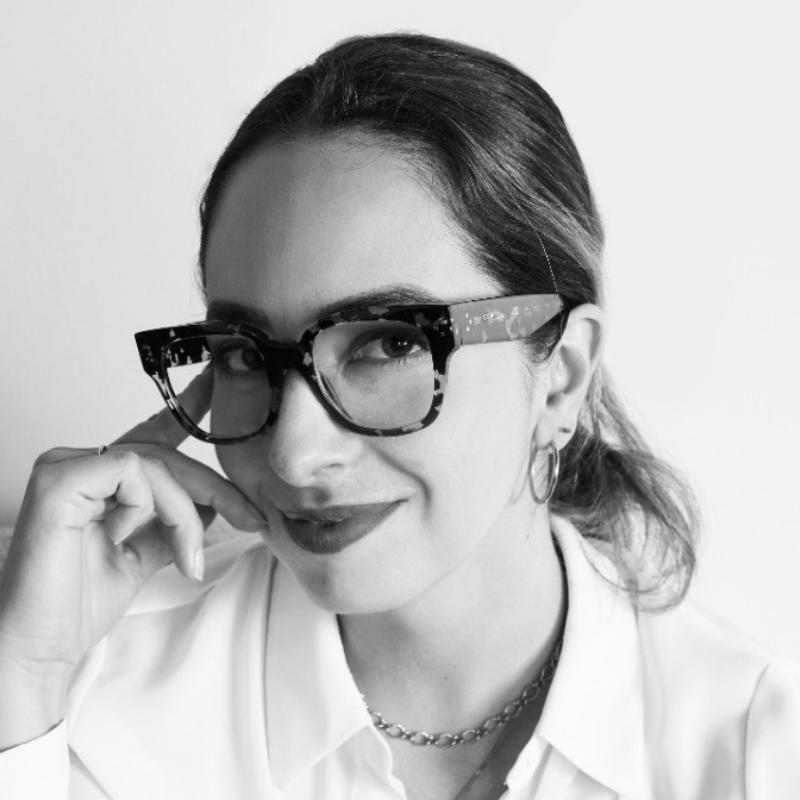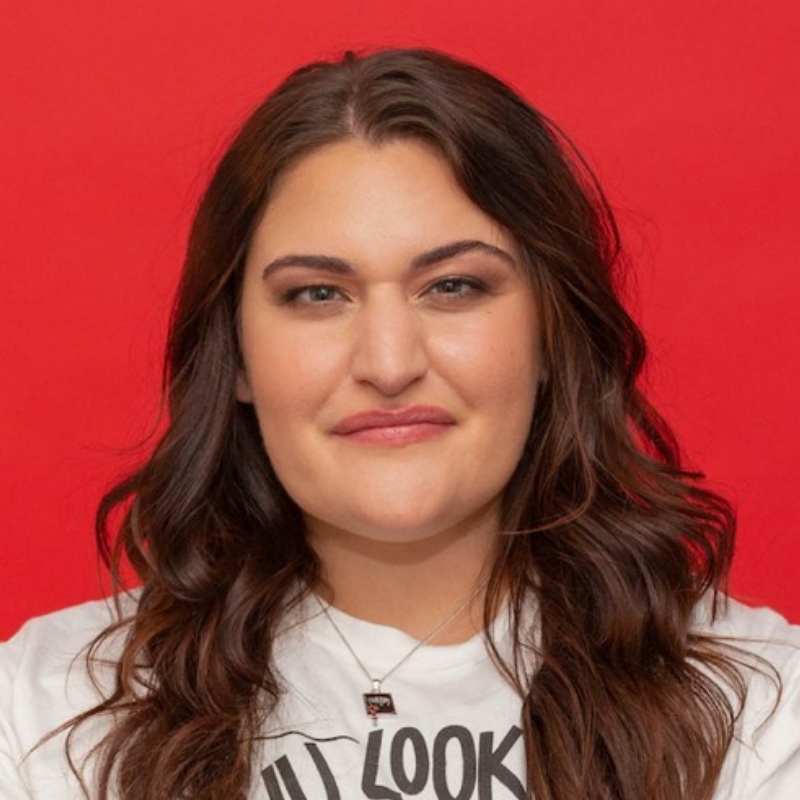Closed captions in English will be added in early November.
PepsiCo Design’s GenAI Blueprint: Empowering Creative Teams


Speakers
-

Sr. Design Manager, PepsiCo Design and Innovation Center
-

Associate Design Manager, PepsiCo Design and Innovation Center
Session Resources
No resources available for this session
About the Session
PepsiCo Design’s approach to integrating AI into their workflows for the iconic brand has been intentional, bold, and consistently on-brand. Join senior design manager Daniela Maldonado and associate design manager Veronica Campbell as they share their approach to driving AI adoption for PepsiCo’s design teams — and why they’re pursuing a strategy rooted in human creativity.
In this session, you’ll learn:
- How the PepsiCo Design team got started with generative AI — and what their process looks like
- Best practices for scaling AI adoption while keeping generated assets on-brand and aligned with your core design principles
- Why it matters to empower creative teams with creative tech — not the other way around
Technical Level: General Audience
Category: Generative AI
Track: Creativity and Design in Business
Audience: Art/Creative Director, Business Strategist/Owner, Graphic Designer, Social Media Content Creator
This content is copyrighted by Adobe Inc. Any recording and posting of this content is strictly prohibited.
By accessing resources linked on this page ("Session Resources"), you agree that 1. Resources are Sample Files per our Terms of Use and 2. you will use Session Resources solely as directed by the applicable speaker.
Not sure which apps are best for you?
Take a minute. We’ll help you figure it out.